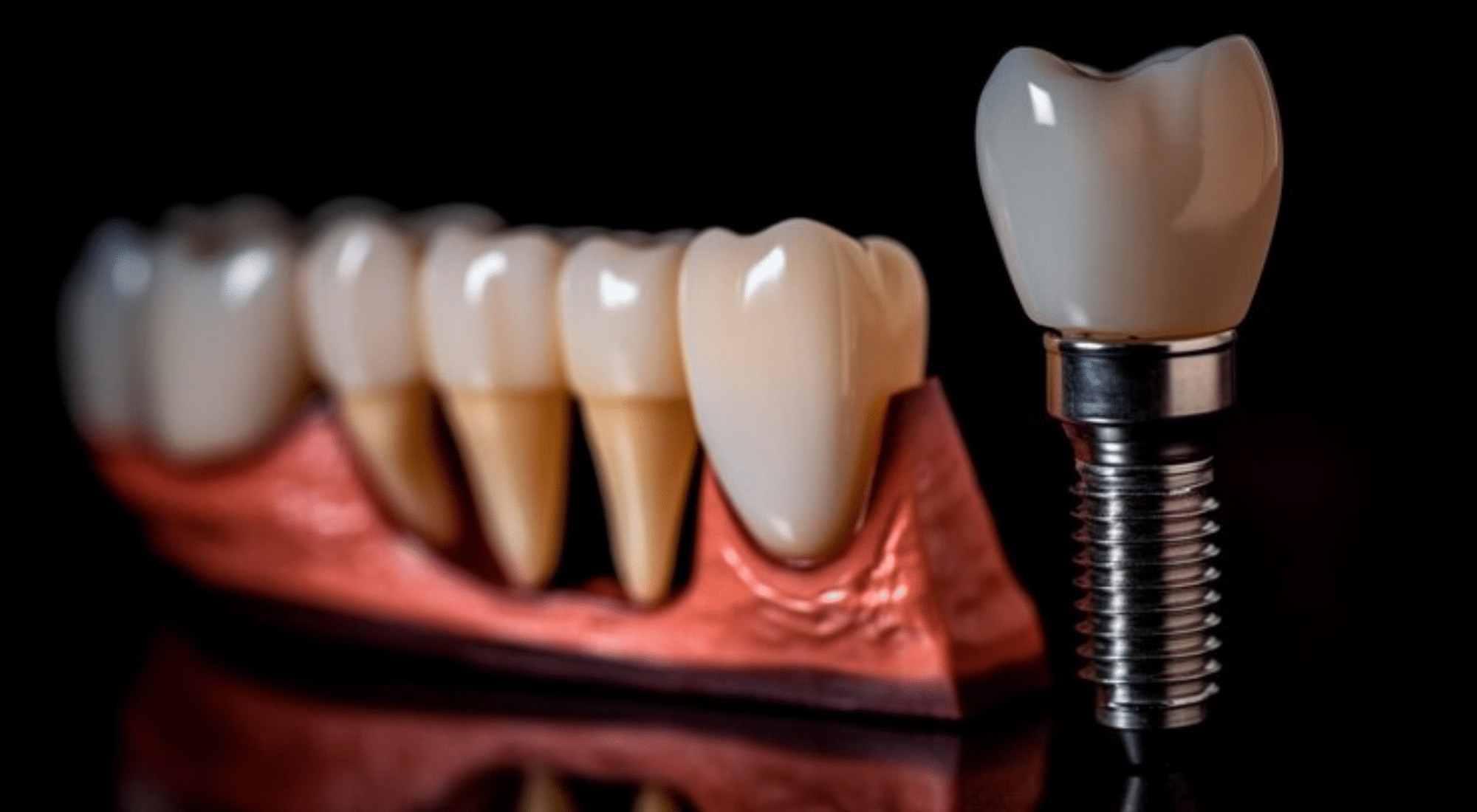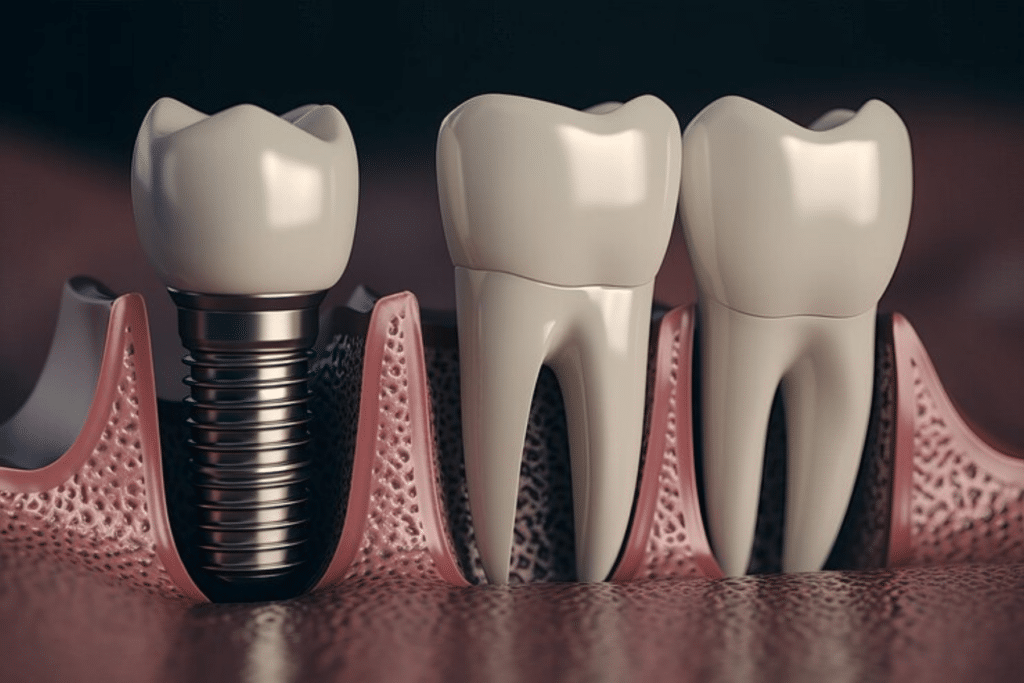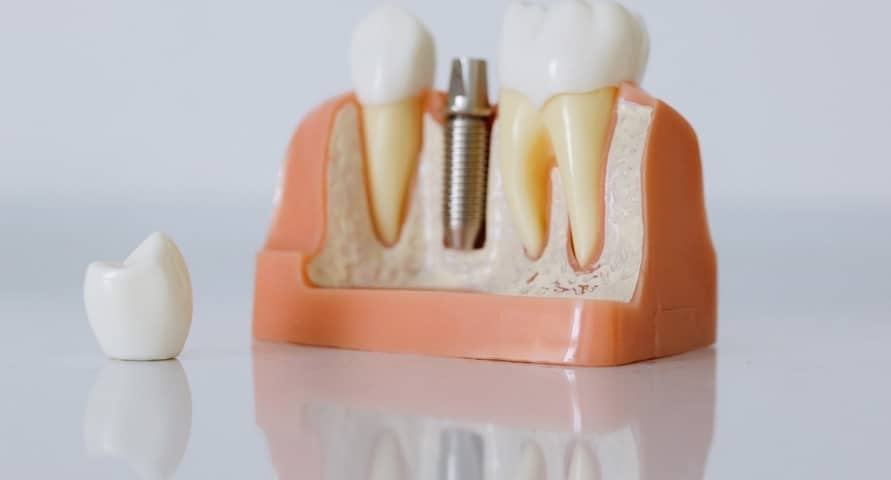245 11th Ave NE Hickory, NC 28601
The Comprehensive Guide to Dental Implants: Unveiling the 3 Crucial Stages

Dental implants have revolutionized the field of dentistry, offering a permanent and effective solution for replacing missing teeth. Unlike dentures or bridges, dental implants provide a more natural look and feel, often leading to increased confidence and improved oral health. The process of getting dental implants involves several stages, each critical to ensuring the success and longevity of the implants. This blog post will delve into the three main stages of dental implant treatment: consultation and planning, surgical implantation, and post-surgical recovery and restoration.

Stage 1: Consultation and Planning
The first stage in the dental implant process is the consultation and planning phase. This stage is crucial as it sets the foundation for the entire treatment. Here’s what you can expect during this phase:
Initial Consultation
The journey begins with an initial consultation with your dentist. During this visit, your dentist will:
- Assess Your Oral Health: A comprehensive examination of your mouth, teeth, and gums is conducted to determine if you are a suitable candidate for dental implants. Conditions like gum disease or insufficient bone density may need to be addressed before proceeding.
- Medical History Review: Your overall health and medical history are reviewed to identify any conditions or medications that might affect the success of the implant procedure.
- Discussion of Expectations: You and your dentist will discuss your goals, expectations, and any concerns you may have about the procedure.
Diagnostic Imaging
To get a detailed understanding of your oral structures, your dentist will take several diagnostic images, including:
- X-rays: To evaluate the condition of your jawbone and identify any underlying issues.
- CT Scans: To provide a 3D image of your jawbone, which helps in precise planning of the implant placement.
Treatment Planning
Based on the assessment and diagnostic images, your dentist will develop a customized treatment plan. This plan includes:
- Number and Type of Implants: Determining how many implants are needed and the type of implants that will be used.
- Timeline: Establishing a timeline for the entire treatment process, from surgery to final restoration.
- Pre-Surgical Preparations: Addressing any preliminary treatments required, such as bone grafting or tooth extractions.
Stage 2: Surgical Implantation
The second stage involves the actual placement of the dental implant into the jawbone. This stage is typically done in a dental office under local anesthesia, though sedation options are available for those who are anxious or undergoing extensive procedures.
Pre-Surgical Preparations
Before the surgery, you may need to follow certain preparations, such as:
- Pre-Surgery Instructions: Your dentist will provide instructions on eating, drinking, and medication use before the procedure.
- Antibiotics: In some cases, antibiotics may be prescribed to prevent infection.
The Implant Surgery
The surgical process involves several steps:
- Incision: A small incision is made in the gum tissue to expose the jawbone.
- Drilling: A specialized drill is used to create a hole in the jawbone where the implant will be placed.
- Implant Placement: The titanium implant is inserted into the prepared hole. Titanium is used because it is biocompatible, meaning it is well-tolerated by the body and can integrate with the bone.
- Suturing: The gum tissue is sutured back over the implant, covering it during the healing process.
Post-Surgical Care
After the surgery, you’ll need to follow specific care instructions to ensure proper healing:
- Pain Management: Over-the-counter pain relievers or prescribed medication can help manage discomfort.
- Oral Hygiene: Keeping the surgical site clean is crucial to prevent infection. Your dentist will provide guidelines on how to care for your mouth.
- Diet: A soft-food diet is recommended to avoid disturbing the implant site.
Healing Period
The healing period, known as osseointegration, is the time when the implant integrates with the jawbone. This process can take several months (typically 3 to 6 months) and is critical for the stability of the implant. During this time:
- Follow-Up Visits: Regular follow-up appointments are scheduled to monitor the healing process.
- Temporary Restoration: In some cases, a temporary crown or denture may be placed for aesthetic purposes while the implant heals.
Stage 3: Post-Surgical Recovery and Restoration
Once the implant has successfully integrated with the jawbone, the final stage involves placing the permanent restoration. This stage ensures that your new tooth looks, feels, and functions like a natural tooth.
Abutment Placement
After osseointegration, a minor surgical procedure is performed to attach an abutment to the implant. The abutment serves as the connector between the implant and the final restoration. The steps include:
- Incision: A small incision is made to expose the top of the implant.
- Abutment Attachment: The abutment is screwed onto the implant.
- Healing Cap: A healing cap is placed over the abutment to shape the gum tissue for the final crown.
Impressions
Once the gum tissue has healed around the abutment, impressions of your mouth are taken. These impressions are used to create a custom crown that matches the color, shape, and size of your natural teeth. The steps include:
- Digital Scans: Modern dental practices often use digital scanning technology for precise impressions.
- Mold Creation: Traditional molds may also be taken to ensure accuracy.
Final Restoration
The final step is attaching the custom-made crown to the abutment. This process involves:
- Fitting the Crown: Ensuring the crown fits perfectly and making any necessary adjustments.
- Permanent Attachment: The crown is permanently cemented or screwed onto the abutment.
Aftercare and Maintenance
After the final restoration is placed, maintaining your dental implant involves regular care and check-ups:
- Oral Hygiene: Brush and floss your teeth regularly to keep the implant and surrounding gums healthy.
- Regular Dental Visits: Schedule regular check-ups and cleanings with your dentist to monitor the implant and overall oral health.
- Healthy Habits: Avoid habits that can damage your teeth, such as smoking, excessive alcohol consumption, and chewing hard objects.
Benefits of Dental Implants
Dental implants provide several significant advantages compared to other tooth replacement options:
- Natural Appearance: Implants offer a realistic look, seamlessly blending with your natural teeth for an improved smile.
- Enhanced Functionality: They restore full chewing power, enabling you to eat a wide variety of foods without limitations.
- Long-Term Durability: With proper care, dental implants are designed to last a lifetime, making them a cost-effective solution in the long run.
- Jawbone Preservation: Implants help maintain the jawbone structure, preventing bone loss and preserving facial aesthetics.
- Convenience: Unlike dentures, implants are permanently fixed, eliminating the need for removal and adhesives and simplifying oral hygiene routines.
Dental implants offer a dependable and enduring solution for replacing missing teeth. The procedure is divided into three crucial stages: consultation and planning, surgical implantation, and post-surgical recovery and restoration. Each stage plays a vital role in ensuring the implants’ success and longevity. By comprehending these stages and adhering to your dentist’s guidelines, you can achieve a healthy, attractive smile that significantly enhances your quality of life.




